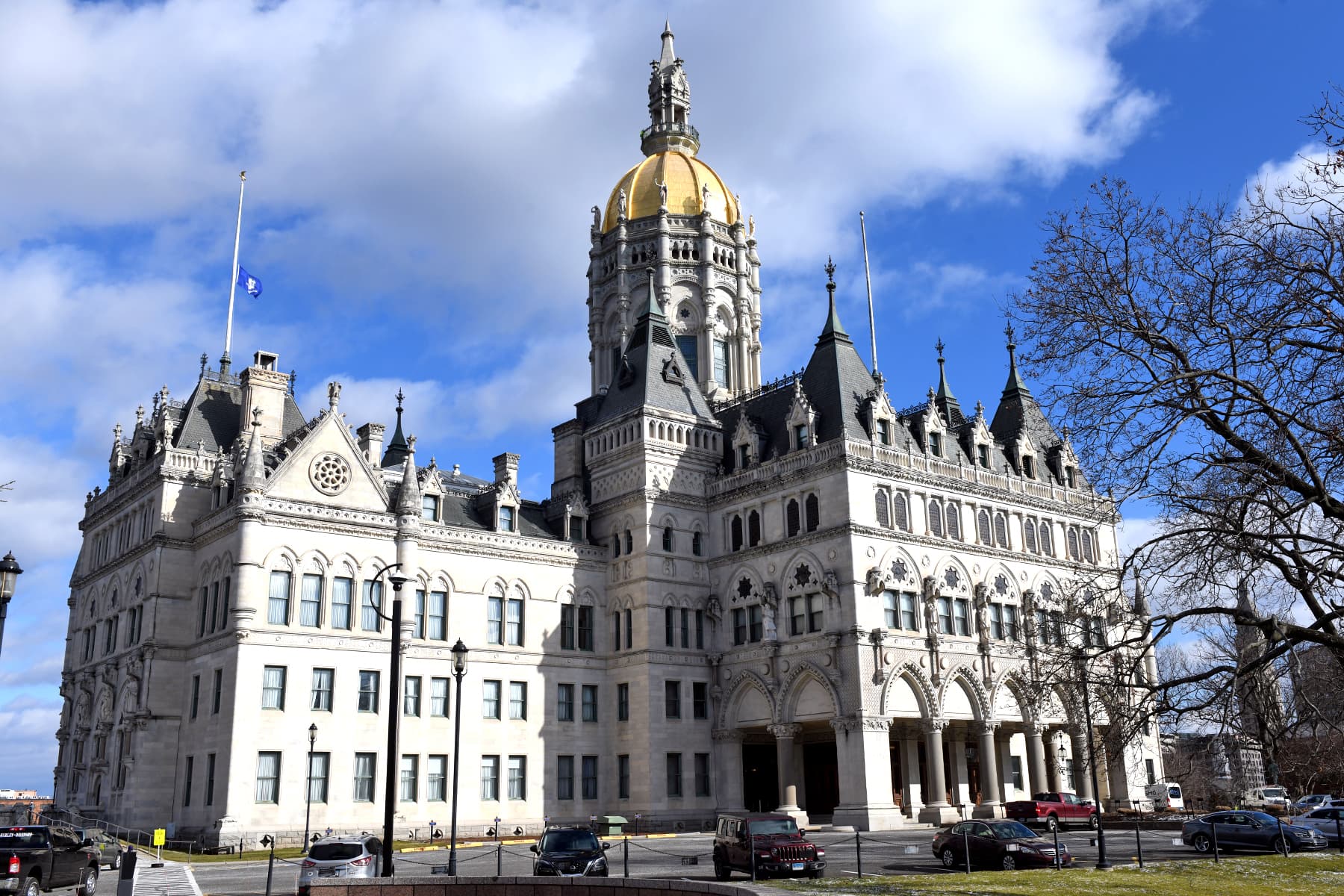Record Thanksgiving travel looms as airlines restore full capacity
Airlines are moving back to normal seating and schedules just days after the longest federal shutdown ended, setting up what industry forecasters and carriers are calling a record Thanksgiving travel period. Travelers should brace for lingering cancellations, weather disruptions, and public health risks that will fall unequally on working families and communities with limited access to care.

Airlines resumed normal capacity this week after Congress and the president moved to end the longest federal shutdown in modern history on November 13. The restoration of full schedules comes as the industry and the traveling public prepare for one of the busiest Thanksgiving periods in recent memory, with airports bracing for surges in passengers and operations teams racing to clear backlogs of cancellations and rebookings.
Operational recovery remains uneven. Airlines and airports are reinstating previously reduced flight plans, but cancellations and delays that began during the shutdown are continuing to ripple through systems. Winter weather in the eastern United States, including an Arctic blast that brought heavy precipitation and low temperatures to parts of the region, is complicating recovery efforts and could force further rebookings and localized disruptions in the days before the holiday.
Public health officials are watching the convergence of mass travel and an uptick in respiratory illness with concern. Health surveillance has reported a surge in whooping cough cases across the country this month. Large movements of people, crowded airport terminals, and increased use of public transit raise the risk of accelerating transmission of respiratory infections, especially among infants, older adults, and people with chronic health conditions. Rural areas and communities with under resourced clinics may face heightened challenges if cases rise, stretching local health services that already operate with limited capacity.
The end of the shutdown has restored many federal operations that underpin air travel, but the short window between the resumption of services and Thanksgiving is testing recovery plans. Workers who were furloughed or who absorbed shifts during the shutdown are now confronting intensified schedules. Essential employees in travel and hospitality sectors, many of whom earn low wages and lack guaranteed paid sick leave, face difficult choices when they or family members are ill. That gap has public health implications because it increases the likelihood that symptomatic workers will continue to work, potentially spreading infections.
Equity concerns also surface in access to remedies for disrupted travel. Travelers with flexible work arrangements and financial buffers can absorb cancellations by rebooking higher fare flights or shifting plans. Low income travelers, those without reliable internet access, and families with limited child care options are more likely to suffer the consequences of delayed or canceled travel, and may have more difficulty navigating refunds and credits in a compressed timetable.
Policymakers and public health leaders face immediate decisions about mitigating harms. Boosting outreach for vaccination where appropriate, expanding access to testing, and encouraging employers to provide paid sick leave during the surge could reduce transmission and protect strained health services. Transportation agencies and carriers must prioritize clear communication and targeted assistance for vulnerable passengers, including older adults and people with disabilities, to prevent disproportionate burdens.
As airports fill and the holiday approaches, the interplay of operational recovery, extreme weather, and rising respiratory disease creates a complex challenge. The busiest travel moment of the year will test not only airline logistics, but also community resilience and public health systems that must absorb the uneven burdens of disruptions.

